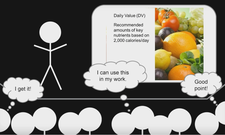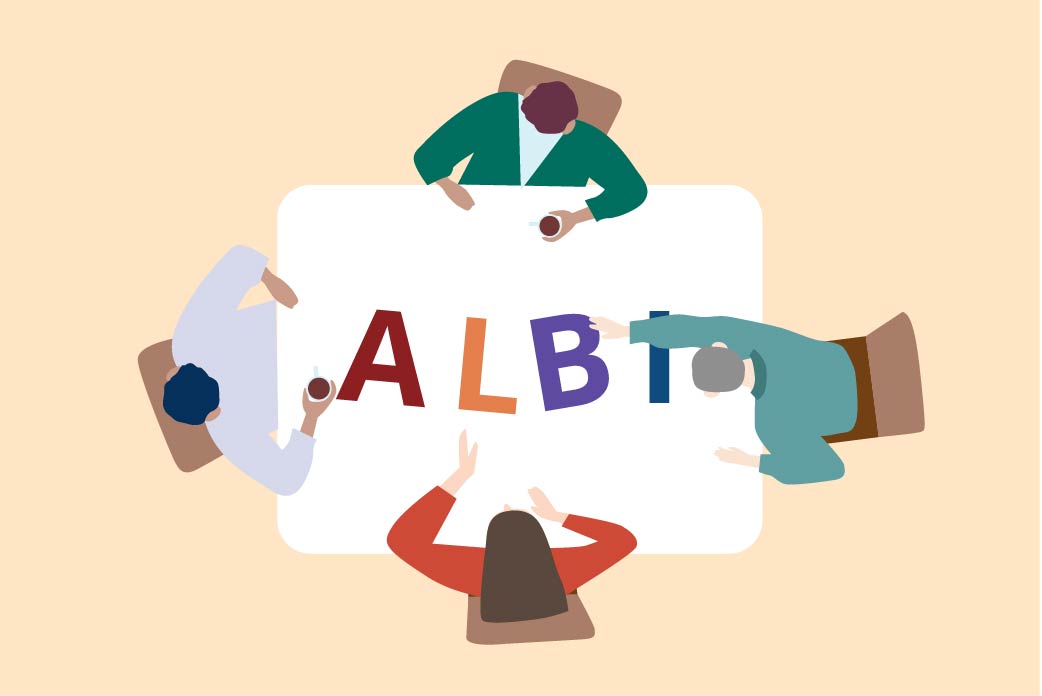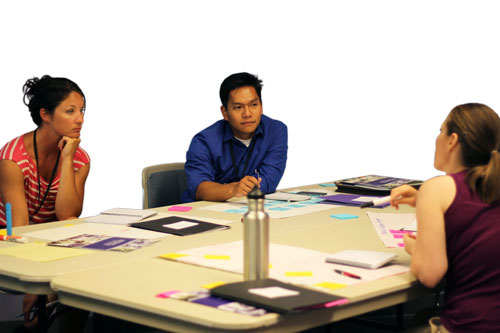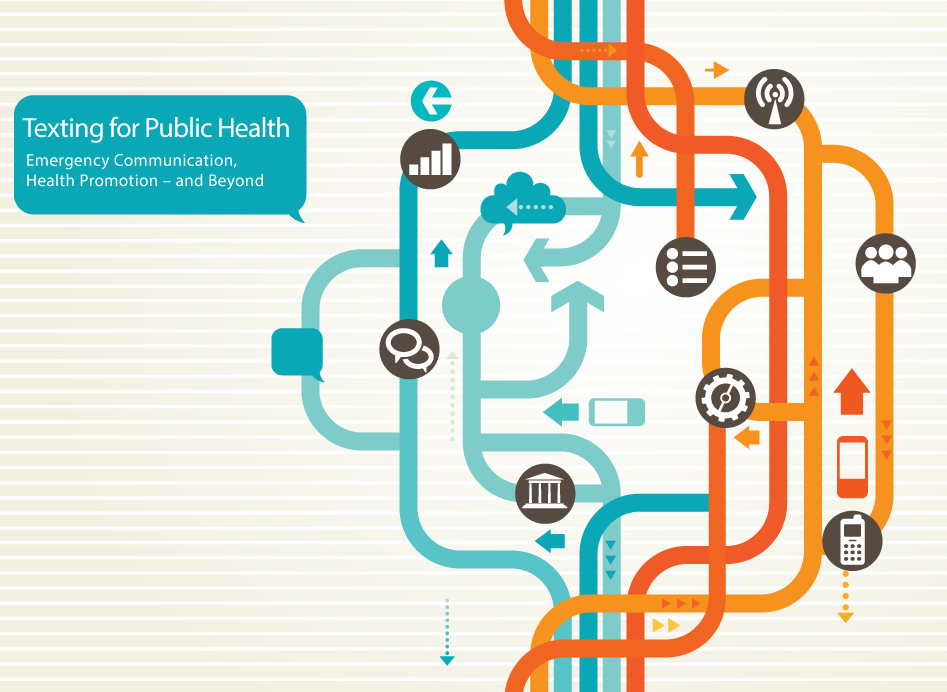Today's busy public health professionals often need to develop in-house training opportunities like webinars for their students, staff, or community partners. In this end-to-end checklist, we will help you think through the key components for building webinars, from the initial planning stages to the wrap-up.

Strong communication skills are an important part of any job, and for public health practitioners, this includes the ability to give effective presentations. While visual aids, such as PowerPoint slides, can be used to enhance a presentation, when used incorrectly, visuals can just as easily detract from a speaker's message.
Watch this series of short, educational videos to learn how to design a presentation that will engage your audience and allow you to clearly deliver your message. In these videos you will learn to find and use images, present data effectively, use layouts and grids, and choose appropriate fonts and color schemes.

This resource guide provides information about laws and services related to children and adolescents. This guide is divided into five parts that look at different aspects of children's health services. You may look at each part individually or download the entire guide below.
NWCPHP collaborated with the Network for Public Health Law, Southern Region Office to create this guide.

In this companion, we will guide you through a journey of anti-racist change as experienced by one public health team. Join Adrian, Bob, Eliza, and Zayden as they use continuous improvement principles to integrate anti-racist practices into one of their programs.
Follow along by engaging in activities designed to help you begin the process of anti-racist programmatic change with your own team.

Across the country, public health agencies are shifting from a traditional clinical service model to a more networked, cross-sector model of population health services. Teams experiencing this transformation benefit most by learning from those who have already made the journey themselves. The Time to Transform Toolkit provides stories from such teams, offering a one-stop-shop for all of the tools they used along the way.

Tribal nations and individual tribal members work hard to protect and promote the health of their communities, and have developed significant public health expertise. This toolkit provides non-tribal public health professionals with an introduction to this expertise, and offers resources to partner with tribes and tribal members..
Learning Objectives:
By using this toolkit, you will be able to:
- Describe the importance of understanding the culture and history of a tribe with which you plan to collaborate
- Summarize the complex network of tribal, federal, state, local, and nonprofit programs that provide health care and public health services to American Indian and Alaska Native (AI/AN) people in the northwestern United States
- Take steps to begin a successful government-to-government collaboration and consultation with tribal nations

This toolkit outlines the principles of adult education for those who lead trainings, from conference workshops to seminars. It covers key topics, such as defining your audience, choosing the right instructional methods, and facilitating effectively. The toolkit also includes references to classical texts and theory of adult learning, for those who want to dive deeper into the topic.
This toolkit was developed in partnership with The Network for Public Health Law and funded by the Robert Wood Johnson Foundation, to support the development of trainings in public health law. Although examples in the toolkits relate to public health law, they are designed to be useful for all types of public health trainings and presentations.

For those behind the scenes, the implementation of a conference is the culmination of months of preparation, detailed planning, and hard work. A well-run event can help participants learn; a poorly-planned one can distract from the conference's larger goals. This toolkit provides practical tools to help event organizers develop, implement, and evaluate their conferences.

Have you ever given a presentation or training and wondered, "What did the audience think? Did you want to know if you presented the information clearly or if your words were useful to your listeners?"
This toolkit outlines the principles of effective evaluation for presentations and trainings. This toolkit was developed with input from the Network for Public Health Law, and is designed to provide a simple framework to help those with beginning to intermediate level evaluation skills.

The Effective Presentations toolkit outlines the principles of quality presentations and slide design. It covers key topics, such as how to choose your material, how to tell a story, how to speak effectively, and how to make effective presentation slides. This toolkit is ideal for both the experienced presenter and the novice.
NWCPHP collaborated with the Network for Public Health Law to create this toolkit.

9-1-1 telecommunicators perform work that is stressful mentally, physically, and emotionally. This stress can lead to burn-out, decreased job performance, poor health, and a host of other problems—both for individual employees and for the workplace. In this training, 9-1-1 call center managers will learn practical tools and techniques for reducing employee stress and promoting mental and physical wellness at work.
The information in this training was designed to be useful not only for 9-1-1 call center managers, but also for telecommunicators, first responders, and other managers and workers in high-stress professions.
Learning Objectives
- Describe the effects of job-related stress on 9-1-1 telecommunicators.
- Recognize and respond to job-related trauma in 9-1-1 telecommunicators.
- List actions managers can take to improve stress in 9-1-1 telecommunicators.
- List ways to reduce the stress associated with implementation of new technology.
- Describe effective approaches to managing staffing needs to avoid stress due to overtime work.
- Apply conflict management strategies to conflicts between employees.
- Create a policy to prevent and respond to workplace bullying.
- Create a workplace wellness program to encourage physical activity and good nutrition.
- Plan to hold a flu shot clinic at a PSAP.
Estimated time to complete: 1 hour

Public health agencies are charged with the unique task of communicating important, personal messages to lots of people. TV, radio, newspapers, and the Internet cast a large net, but those outlets lack a personal touch. And, as technology advances, vulnerable populations are often harder to reach through these traditional media.
This online toolkit will show you how text messages can help bridge the communications gap created by mass media and technology, allowing you to share customized messages with thousands of individuals.
